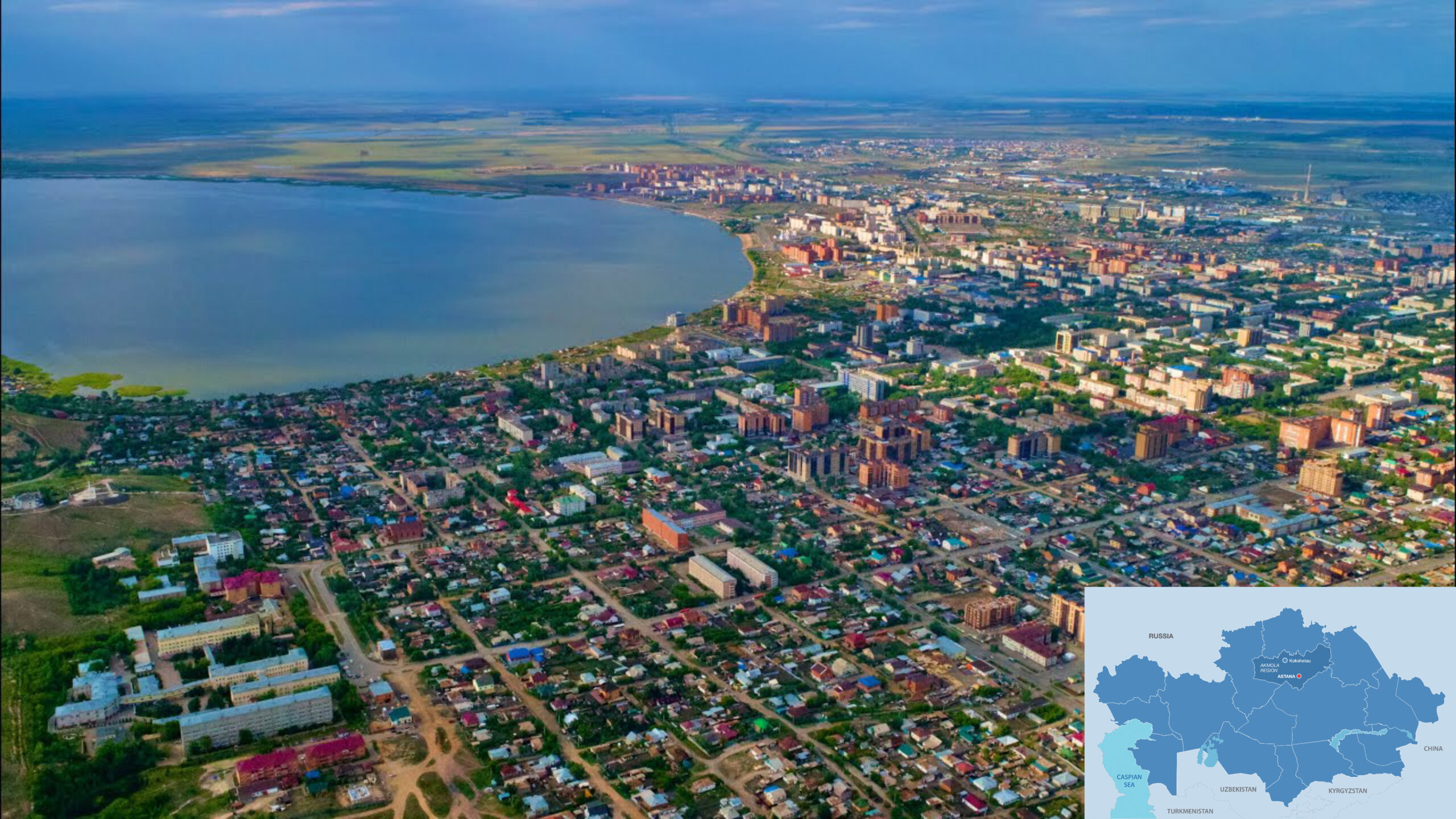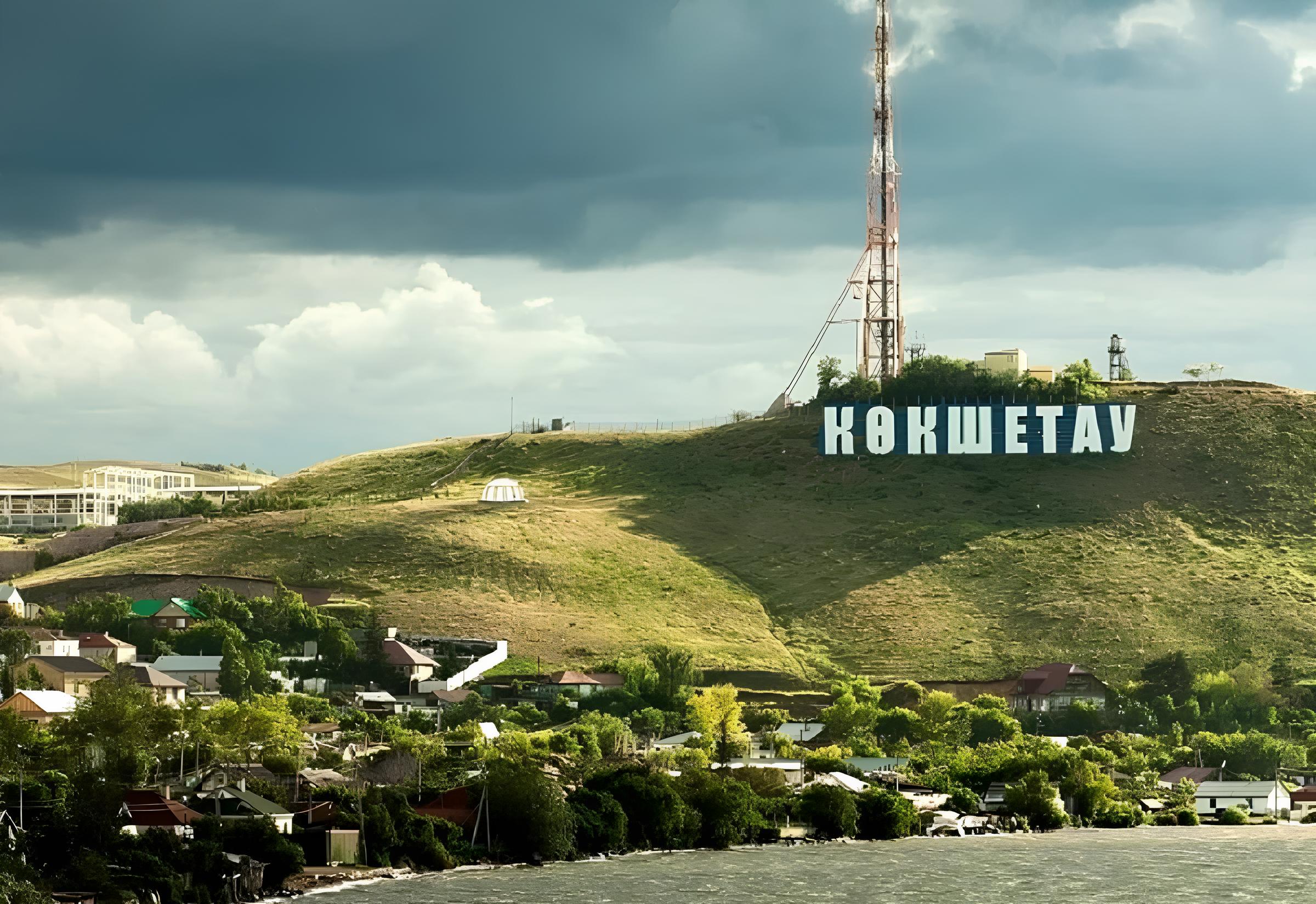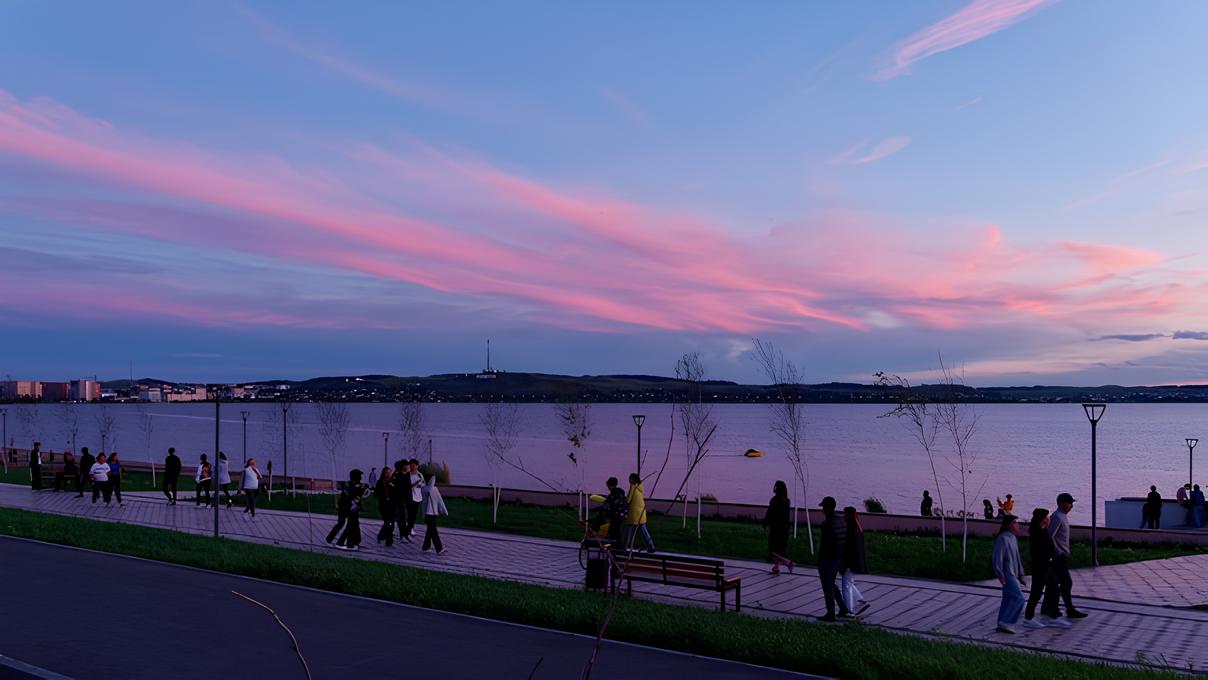Editor’s Note: The Astana Times continues its series of articles, Exploring Kazakhstan, City by City, in the marvelous city of Kokshetau. We are setting out to unveil the rich diversity of cities to bring you closer to the heart and soul of Kazakhstan.
ASTANA — This year marks a significant milestone for Kokshetau as the city celebrates its 200th anniversary. Founded in May 1824, Kokshetau has stood as one of the oldest cities in northern Kazakhstan, wrapped in the embrace of azure mountains and veiled by the whispers of over 80 lakes. Under the leadership of Abylai Khan, who united the Kazakh Khanate and liberated its territories from foreign invaders, the region where Kokshetau is located gained prominence in the 18th century. Notable batyrs (warriors), sultans, byis (the steppe judges), elders, and noblemen gathered for the state meetings in the city’s vicinity.

Kokshetau. Photo credit: Sanzhar Sabyrzhanuly Click to see the map in full size. The map is designed by The Astana Times.
Kokshetau has been my cornerstone from childhood to adulthood, even as I now navigate life far from its serene landscapes. It was not until adulthood that I fully grasped the depth of my roots, anchored by the legacies of great figures like Abylai Khan and Shokan Ualikhanov, a Kazakh ethnographer, folklorist, and educational scientist from Kokshetau. Both have significantly shaped our history and collective identity as Kazakhs.

The symbol of the city is a huge inscription with the name of the city. Photo credit: 716.kz
Reflecting on the city’s evolution, I recall conversations with my father, who told me about the bustling decades of the 1970s and 1980s, when the Kokshetau flourished with new schools, cultural centers, and infrastructure that mirrored its growing importance as an aviation and railway hub. My father, a dedicated builder during those transformative years, instilled in me a profound lesson: the value of creating and leaving a lasting, tangible or intangible impact on the place we call home. If my father could see Kokshetau today, I believe it would remind him of those dynamic times, as the city continues to grow and its pace of development now closely rivals that of Astana.
Historical legacy and cultural excellence
Growing up, every corner of Kokshetau held a story, from the vibrant Central Park, where I took my first steps into adulthood on graduation day, to the Akmola Regional Local History Museum, where the annals of our past unfold with each exhibit. It was in these places that the tapestry of my upbringing was woven — where culture, language, and tradition came together to shape my understanding of the world.

Akmola Regional Local History Museum, opened in 1920, is considered one of the oldest museums in the country. Photo credit: Aida Haidar/ The Astana Times.
The Akmola Regional Local History Museum, one of the oldest in the country, founded in 1920, offers a deep dive into history, archaeology, ethnography, nature, and culture. With 83,000 exhibits, the best showcased in new exhibition halls, the museum is housed in a historic building and features themed rooms. These include a hall dedicated to Kazakh culture, showcasing traditional clothing, jewelry, and musical instruments, and a hall focused on the Soviet era of the city, providing unique photos and artifacts. Exhibits on the flora and fauna of the region offer a comprehensive understanding of Kokshetau’s natural history.

Abylai Khan’s efforts for a centralized Kazakh government and his diplomacy with Russia and China shaped Kazakhstan’s enduring diplomatic path. Photo credit: Aida Haidar/ The Astana Times.
Abylai Khan Square is the central hub of Kokshetau, a place of historical significance and a silent witness to what Kazakhstan has experienced as a country. Once, a monument to Lenin stood proudly here, symbolizing the Soviet era. The building of the Akmola Region’s administration, which now serves as the seat of local government, was once the headquarters of the Communist Party of Kokshetau. Today, this square is graced by the statue of Abylai Khan, a pivotal figure who put Kokshetau on the map with his extraordinary role in Kazakh history. Abylai Khan’s advocacy for a centralized Kazakh government and his successful diplomatic relations with both Russia and China set a precedent for the country’s diplomatic trajectory that still holds true today.

Receiving the Grand Prix award at the singing competition in 2002. Photo credit: Aida Haidar’s personal archive
Among the jewels of Kokshetau is Ualikhanov University, renowned across Kazakhstan for its exceptional Department of Foreign Languages. This institution has nurtured countless students, equipping them with the linguistic prowess to bridge cultures and continents. Although it might sound stereotypical, the citizens of Kokshetau have a remarkable knack for foreign languages. I believe I inherited this linguistic gene and was particularly good at English during my school years. After graduating from the Humanitarian Technical Lyceum in 2007, I left for the United States, heading to the shores of California to pursue my studies.
One of my most cherished memories is winning a grand prize in a singing competition at the Palace of Culture when I was 14. This experience highlights my connection to the musical talent often found in people from Kokshetau. The city’s rich musical heritage, exemplified by legendary figures like Birzhan Sal and Akan Seri, showcases this legacy. These iconic akyns, celebrated for their mastery of singing and playing the dombra, have left an indelible mark on our cultural landscape. Their songs, filled with profound emotions and poetic beauty, continue to inspire new generations, including myself.
A hub of nature’s wonders
Yet, beyond its historical richness, Kokshetau beckons with natural wonders like Bukpa Hill, where every ascent offers a breathtaking panorama—a reminder of the city’s enduring beauty and resilience through the seasons. The climb up Bukpa Hill has always been a symbolic journey for me, reflecting the highs and lows of life and the constant growth that shapes us. The hill offers numerous trails for hiking enthusiasts, and the summit provides a panoramic view of the city and Lake Kopa.

The sunset on the Lake Kopa. Photo credit: Kokshetau.online.
Lake Kopa is situated within the city and is a beloved recreational spot for locals and visitors alike. On a sunny day, families gather for picnics, and children play along the shores. Fishing enthusiasts can often be seen patiently waiting for their catch, adding to the lake’s peaceful ambiance.
For those seeking full immersion in nature, Kokshetau offers the advantage of being just a 40-minute drive from Burabay National Park, a haven of natural beauty spanning over 835 square kilometers. The park is home to diverse wildlife, including deer, foxes, and various bird species. If you have time, consider climbing Bolektau Hill, which provides stunning views of Lake Burabay and Zhumbaktas Rock, a sphinx-like formation in the middle of the lake. The park also features several resorts and sanatoriums, making it an ideal retreat for those looking to relax and rejuvenate in nature.

Burabay. Photo credit: qazaqstan3d.kz
Kokshetau is more than a geographical location; it’s a living, breathing entity that nurtures, challenges, and inspires. From the historic state meetings that safeguarded Kazakh statehood, where warriors once strategized, to the modern academic institutions shaping global citizens, Kokshetau embodies a rich tapestry of heritage and progress. Although my father is no longer with me and my parents’ home has been sold, Kokshetau remains a source of strength for me, and no matter where life takes me, Kokshetau will always be my home.
The series previously featured Zhezkazgan, Shymkent, Taldykorgan, Oskemen, Kostanai, Karagandy and Taraz.


